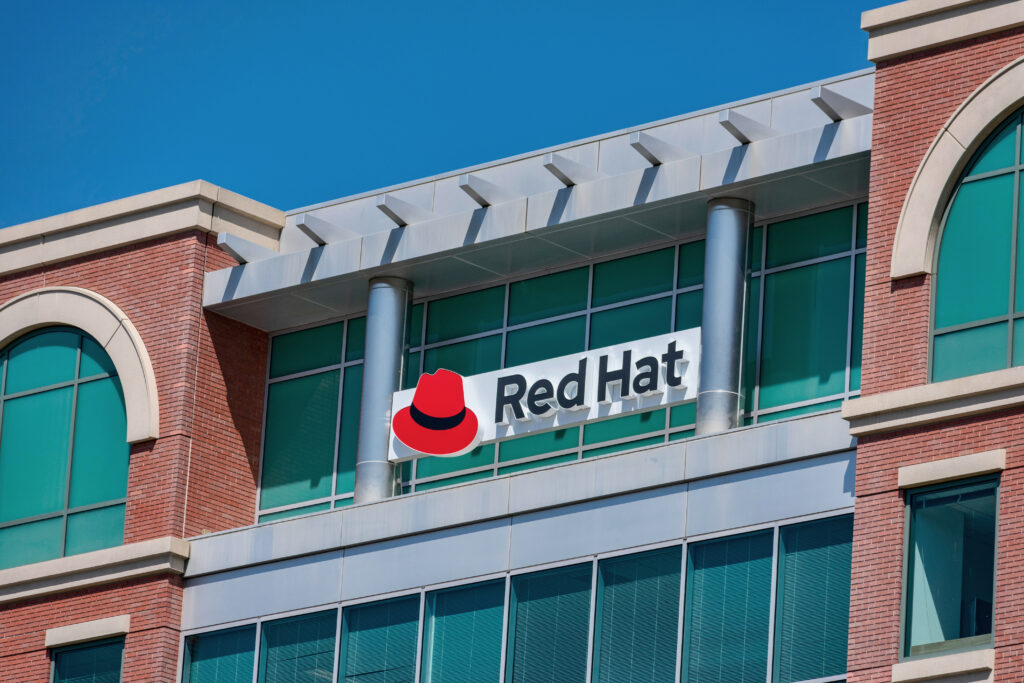Known to domestic and business travellers across the US in most states, Southwest Airlines is an ‘affordable’ low-cost airline company with connections in over 120 airports across 11 countries. Because technology clearly plays an important role in any airline’s operational layers, the company has progressively added more current-age IT to its stack.
Southwest runs more than 4,400 flights a day across 140 airports, numbers that surge during peak travel times and continue to increase as the airline expands to new destinations. Because of this, its network infrastructure is critical to keeping planes in the air and moving towards their destinations.
Airports also need consistent access to all ticketing and passenger applications, so that staff can get customers on planes.
Catch-22: routers for routs
This growing scale can be a Catch-22 i.e. on one hand, Southwest can serve more customers in more places. On the other hand, more places introduce more computing routers and switches to manage, which demands more personnel with different skills and processes.
Each airport can have a range of 25 to 100 routers and switches and more flying hours means smaller maintenance windows. In turn, engineers have to wake up earlier to implement changes and then spend hours on documentation, making it feasible to only service a subset of these devices in the condensed timeframe.
Beyond in-plane technologies, network teams face configuration drift with varying engineers and working siloes across the company. Five engineers would take an entire maintenance window to upgrade 30 or so switches.
With these challenges to manage, Southwest turned to the Red Hat Ansible Automation Platform to keep its networks up and running more consistently and drive more efficiency. With automation, Southwest can upgrade 30 switches in just 30 minutes.
A golden configuration
With Ansible Automation Platform, Southwest network engineers created a standardized network setup called the ‘golden configuration’ for a more consistent and reliable network across airports. This pre-configured setup provides a baseline for 90% of what’s needed at each airport. They run an Ansible Playbook to set up the core functionality of switches and routers and then engineers configure any airport-specific details.
With automation, the total process takes 20 minutes. Not only are there immense time savings, but it enables less human error in setup and the opportunity to collaborate across airports and onboard new employees to best practices. Automation can be strategically deployed at scale, and potential outages due to misconfigurations are reduced.
While it’s impossible to avoid outages completely, minimizing downtime is essential. If critical systems go down, even a large team of engineers can’t manually check all device layers, the firewall and DNS quickly enough. Ansible Automation Platform can launch 100 different playbooks at once to access all the information needed to identify if and where there is a problem with the network environment.
Monitoring is also a key element to a functioning network and prior to adopting Ansible Automation Platform, engineers had to log into multiple applications to piece together a complete picture of operations. Now Southwest has a network engineering suite, an internal web portal that unifies multiple apps and tools into one view. The network engineering suite is integrated with tools including ServiceNow, so IT can quickly see what it needs to know across all sites, whether network bandwidth, ticket status or app health.
Automation innovation
Automation is a key element to building tools that help IT teams do everyday tasks more quickly. Ultimately, the integration of Ansible Automation Platform helps Southwest build smarter tools and automate repetitive tasks so it can focus on more complex issues and fuel innovation within the business.
Ansible Automation Platform is now mission-critical for Southwest, removing repetitive, manual and time-consuming tasks from IT teams, like device upgrades, which can now be done a thousand devices at a time over a night. With the success of this implementation, the organizational mindset is shifting to automation to solve the next set of problems: The network automation team is expanding, the entire infrastructure team is rolling out automation, and server and storage teams are seeking automation for more engineering tasks.
In the future, Southwest plans to expand into Infrastructure-as-Code (IaC) and use Event-Driven Ansible to reduce manual tasks and deliver even more efficient mission-critical workflows. And with the new-generation AI capabilities of Red Hat Ansible Lightspeed, there’s untapped potential for a new set of automators to get started innovating with Ansible Automation Platform, bridging the gap for up-and-coming engineers to understand how an Ansible Playbook is constructed.




